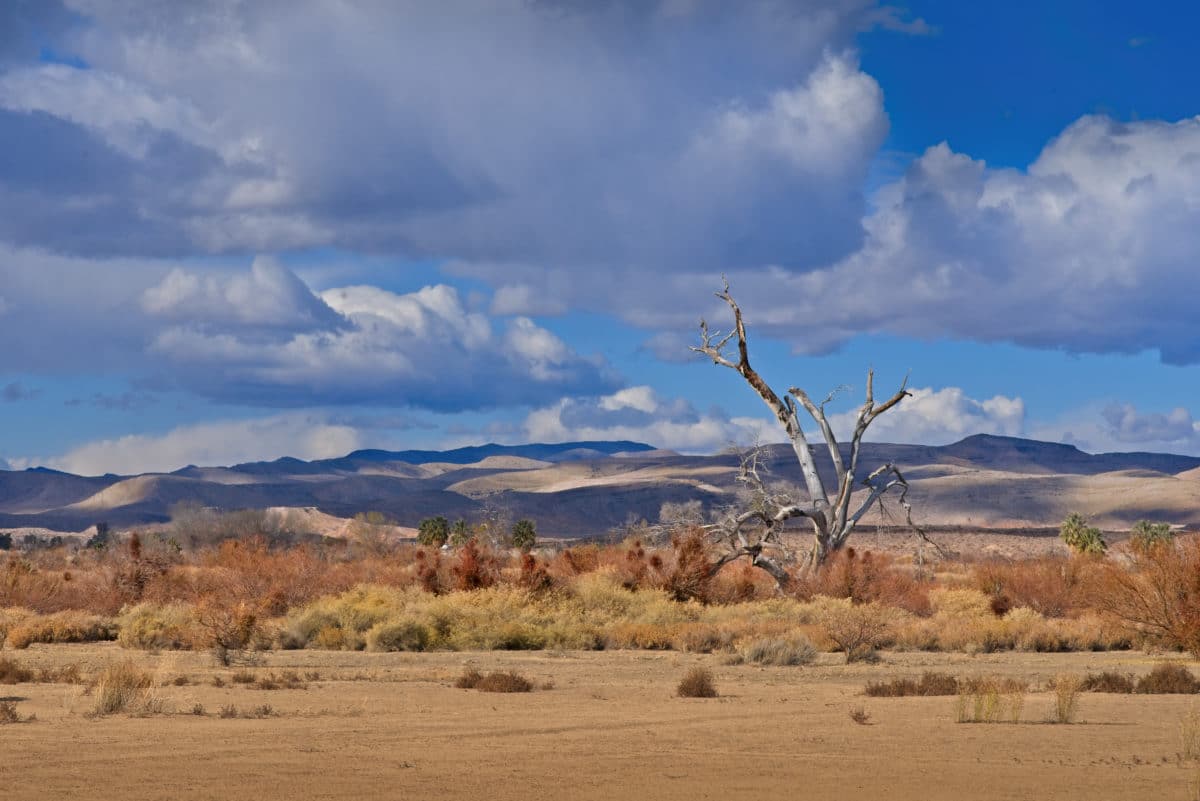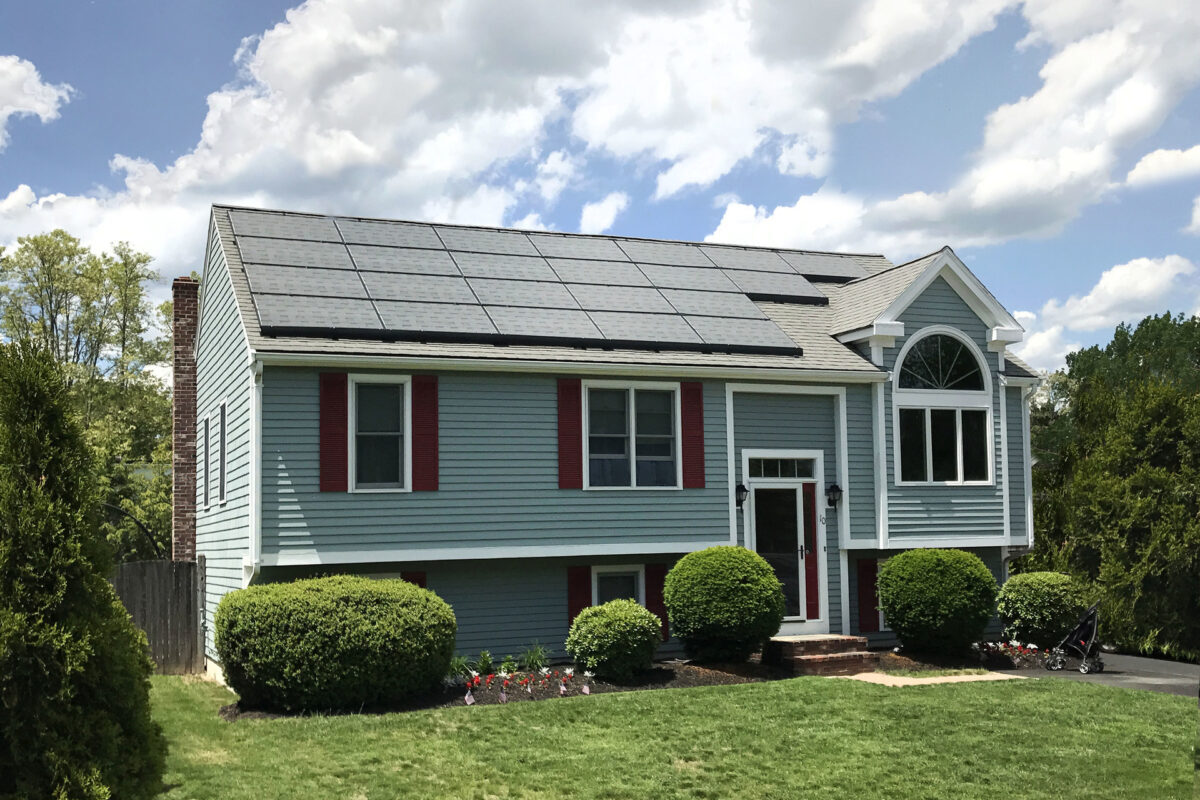The $1 billion Gemini solar project on BLM land outside of Las Vegas will be the largest solar project in the U.S. when completed. The 690 MW facility was approved by the Trump administration last week.
Visual impact issues have been mitigated. New methods of working with native vegetation and wildlife are being implemented. Desert tortoises are being relocated during construction — and the project is full-speed ahead for developers Arevia Power and Quinbrook Infrastructure Partners.
David Scaysbrook, founder and managing partner of Quinbrook, spoke to pv magazine about developing the country’s largest PV solar power plant.
Although 690 MW is large by solar standards, Quinbrook has experience developing 2,000 MW projects. Gemini “is a big power project, but not daunting. We’ve done plenty of that size in the past,” said the clean energy project developer. Quinbrook manages pension money and finds Gemini “a perfect fit for a pension fund.”
Gemini is on land that was originally identified by defunct concentrated solar power (CSP) aspirant Brightsource. Converting the project from CSP to PV was supported by the Department of Interior, according to Scaysbrook.
FAST-41
The developer noted that this project took advantage of FAST-41, a framework “designed to improve the timeliness, predictability, and transparency of the Federal environmental review and authorization process,” according to the government website.
Scaysbrook noted that this was not a reduced regulatory scope — “it was an initiative of the Trump administration to respond in a limited time range — a 12 month time line. Under the old regime that could have gone six or seven years.”
He noted that there were “no shortcuts” taken or allowed.
Bifacial module testing on site
Scaysbrook said, “We’re in the procurement process and were waiting for [government approval] before starting equipment requisitions.” He was confident that the installation would include trackers and bifacial solar modules.
The developer is getting field data and looks to have a vendor short list in four to five months. The firm is looking to perform onsite testing of leading bifacial modules and local albedo conditions.
“One of the purest forms of time shifting you’ll ever see.”
The facility will include a mammoth 380 MW/1,400 MWh lithium-ion battery, one of the larger batteries being deployed today. Lithium-ion battery technology is specified by NV Energy in the PPA.
Scaysbrook said “This is designed specifically for NV Energy’s needs in the summer months.”
Gemini produces power year round, but the role of the battery is principally in the summer and particularly from 4 p.m. to 9 p.m. It’s not designed for ancillary services.
With oversized solar and a one-time a day discharge in the late afternoon, it’s what Scaysbrook called, “One of the purest forms of time shifting you’ll ever see.”
More gritty project details
The approved right-of-way grant for the Gemini project and authorized solar facilities include:
- 34.5 kilovolt overhead and underground collector lines
- A 2-acre operation and maintenance facility
- Three substations
- Internal access roads, access roads along generation tie-lines, a perimeter road
- Perimeter fencing
- Water storage tanks for fire protection, drainage control features, a potential on-site water well or a new water pipeline
- Improvements to the existing NV Energy facilities to support interconnection.
The land proposed for the enormous development is on the Moapa River Indian Reservation, 33 miles northeast of Las Vegas.
The on-site construction workforce is expected to average 500 to 700 construction workers, with a peak of up to 900 workers, supporting up to an additional 1,100 jobs in the local community and injecting an estimated $712.5 million into the economy during construction.
The two-phase project is anticipated to be completed as early as 2022. There is a 25-year PPA signed with NV Energy for the power produced by Gemini that was approved last year by the Nevada Utility Commission.
This content is protected by copyright and may not be reused. If you want to cooperate with us and would like to reuse some of our content, please contact: editors@pv-magazine.com.








Please share power price information. If possible break out the pricing between PV and battery power export prices.
Thanks,
Exactly my first thought Eric! Just what is NV Energy going to pay for that electricity. On the heels of the Crescent Dunes boondoggle leaving taxpayers on the hook for $175M* after NVE backed out of the deal, we should hope for better deal than the $.23/KWh PPA they agreed to there.
* https://www.bloomberg.com/news/articles/2020-01-06/a-1-billion-solar-plant-was-obsolete-before-it-ever-went-online
“Scaysbrook noted that this was not a reduced regulatory scope — “it was an initiative of the Trump administration to respond in a limited time range — a 12 month time line. Under the old regime that could have gone six or seven years.”
There’s no legitimate reason to drag on the vetting process. No rotating mechanical generation machines, fuel, transport and storage of fuel, contractors, sub-contractors can be taken care of by a (EPC) entity and costs can be worked out using several (EPC) competitive bids.
“Gemini produces power year round, but the role of the battery is principally in the summer and particularly from 4 p.m. to 9 p.m. It’s not designed for ancillary services.”
Interesting, NV Energy is “thinking ahead” to those summer months. With the size of this project one might find it profitable to increase the size and energy storage hours of the facility after operating the plant for a few years.
It looks like this project will “test” bifacial solar PV panels with tracking, two “adders” to the output and efficiency of the plant’s overall operation. With this Covid-19 thing, don’t know what pricing will be found for bifacial panels. Before the Pandemic, large manufacturers in China were quoting 19.5 cents/watt for typical mono sided solar PV panels in the 20% efficiency range. Bifacial was quoted by one manufacturer at $0.28/watt in manufacturing quantities of something like 10,000 or more. China is probably hungry to get their manufacturing lines running full speed, maybe there’s a little “wiggle room” for a manufacturing run of something like 1.5 to 2 million panels.
@Bruce Kester:
Keep in mind, Crescent Dunes is a concentrated heat solar PV generation plant, this plant is a decades proven solar PV plant, technology to increase average yield using solar tracking and bifacial solar PV panels will be able over the long term to generate more power through differing conditions, like clouds, passing storms and hazy days that tend to drop overall solar PV harvest. The only “high functioning” concentrated solar heat generation system working in the U.S. is the Solana Solar generation plant near Tucson Arizona. This plant is a “trough style” concentrator not a heliostat and tower generation scheme. The “designers” of Crescent Dunes failed to observe nature and how many flowers have a Stigma and flowers like daisies or sunflowers have smaller petals close to the stigma and increase in length on each successive row of petals. This allows a better capture area. Moral of the story, putting a big pipe in a trough and rotating the parabolic trough to focus the sun on the pipe is easier to do than reflecting sunlight from thousands of feet away onto a point on top of a tower.
I am just doing a study of a bi facial 2KWP Project in my garden and so far results are good but output currents are way over the manufacturers specified current of 9.15A I am getting over 12 amps @1000 Wm2 without any albedo other than plain timber decking underneath. The array is almost horizontal apart from a 5deg tilt added for rain wash off & its due west. So consider the right cable and component sizing dont go by manufacturers specs. I Am in Wales UK so its not California or Nevada!! I have been a specialist PV Engineer in the UK for 15 years. If you need some help there in the States or know of anyone hiring for technical due diligence site inspections QA overseeing etc them let me know!! its gone a little quiet over here!
Which model of trackers and modules are planned?
Selection has not been made yet.